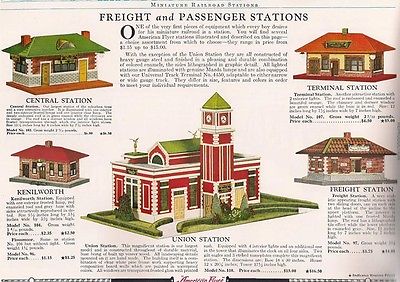Removing the shrubbery was interesting, as it was held in place both by nails and by glue. I used a putty knife to gently go underneath the shrubs and to then pry upward. Some of the nails stayed with the shrubs and some stayed with the base.
Sadly, the few remaining spots of original hedges will likely not be able to be re-installed. However, I would only guess that about 15% of the original hedges remained with the piece, so it may not have matched well with replacement hedges. At least I have some original to match when creating new hedges.
Here is a picture of the base.

I also removed the clock tower from the building, as it was no longer attached to the top of the building and the nails that formerly held it in place at the top of the building were bent. So I thought that in order to properly reattach it to the top of the building it was best to remove it and straighten the nails.
It will also help to have it removed, when cleaning the building. Here are some photos of the clocktower and inside of the building.




Now that the building has been removed from the base and the clocktower removed from the building, I can start the cleaning and repair process.
One thing I noted that was different between the original and reproduction (at least the ones I have), is that the clocktower was powered independently from the building on the original. My reproduction has the clocktower wired in series with the interior lighting. The original had separate power wires going to the clocktower, from the wires that powered the interior of the building.
The building will need to be re-wired as all of the rubber insulation on the wiring had hardened and much of it was broken away. I may end up wiring it similar to the reproduction I have, as I see no reason to have separate power to the clocktower, but I will have to think about that, prior to rewiring it.
NWL






























































































